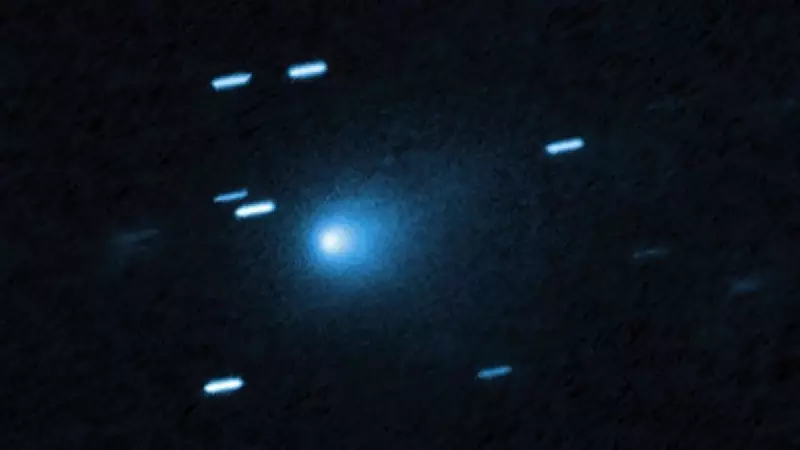
In an unexpected twist of cosmic fate, NASA's highly anticipated Europa Clipper mission might be getting an early science bonus even before reaching its final destination. The spacecraft, currently scheduled for launch in October 2024, could potentially fly right through the dusty tail of Comet 12P/Pons-Brooks during its journey to Jupiter's mysterious icy moon.
Celestial Serendipity in Deep Space
Scientists at NASA have identified a potential opportunity for the Europa Clipper to conduct impromptu comet research. According to recent trajectory analysis, the spacecraft might intersect with the comet's trail of cosmic debris between March and June 2025. This chance encounter would provide researchers with a unique opportunity to study comet dust particles without needing a dedicated comet mission.
Why This Cosmic Coincidence Matters
The potential comet flythrough represents more than just a happy accident - it could yield valuable scientific data about the composition of cometary material. The Europa Clipper carries sophisticated instruments that could analyze the comet dust, potentially revealing secrets about the early solar system.
Dr. Emily Martin, a planetary scientist not directly involved with the mission, explains: "These unexpected opportunities are like cosmic gifts. The spacecraft's instruments, designed to study Europa's surface and subsurface ocean, happen to be perfectly suited for analyzing comet dust particles too."
Mission Within a Mission
The Europa Clipper's primary objective remains the detailed study of Jupiter's moon Europa, which scientists believe harbors a vast subsurface ocean that could potentially support life. However, the potential comet encounter adds an exciting secondary mission to the spacecraft's already ambitious agenda.
What Makes This Comet Special?
- Comet 12P/Pons-Brooks is a periodic comet that returns to the inner solar system every 71 years
- It recently experienced dramatic outbursts, making it significantly brighter
- The comet's extended dust trail provides a larger target for potential sampling
- Studying its composition could provide insights into the building blocks of our solar system
The Delicate Dance of Orbital Mechanics
NASA engineers are carefully monitoring the situation, as the final decision about whether to adjust the spacecraft's trajectory will depend on multiple factors. While the opportunity for bonus science is tempting, the mission team must balance this against any potential risks to the primary Europa investigation.
The spacecraft's complex path to Jupiter involves multiple gravity assists from Earth and Mars, creating a delicate orbital ballet that requires precise navigation. Any course adjustments for the comet encounter would need to be carefully calculated to ensure they don't compromise the mission's ultimate success.
Scientific Treasure Hunt
If the encounter proceeds, the Europa Clipper would use its dust analyzer instruments to:
- Measure the size and distribution of comet dust particles
- Analyze the chemical composition of the material
- Study how comet particles interact with the solar wind
- Compare cometary material with other solar system bodies
This potential bonus science demonstrates how space exploration often delivers unexpected rewards. As the Europa Clipper journeys toward its primary target of Jupiter's intriguing icy moon, it might first give us a closer look at one of the solar system's most fascinating visitors.





